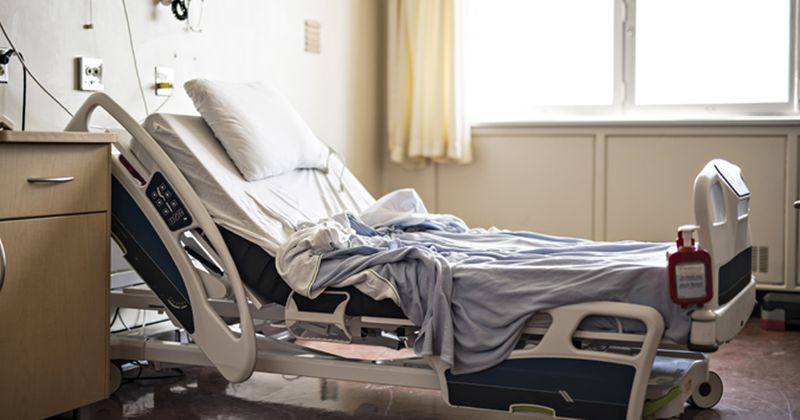Exposure to contaminated bed nearly doubles patient’s C. difficile risk
Key takeaways:
- Exposure to a contaminated nearly doubles a patient’s risk for hospital-onset C. difficile infection.
- This association remained after adjusting for other factors.
Staying in a hospital room or bed previously occupied by someone with Clostridioides difficile nearly doubles a patient’s risk for hospital onset-C. difficile infection, researchers found.
“This study was born out of lived experience and opportunity. Our hospital system replaced all the mattresses ... while around the same time there had been national reports of mattress covers failing to prevent fluids from leaking into the mattress itself,” Lucy S. Witt MD, MPH, assistant professor of medicine at Emory University School of Medicine and director of antimicrobial stewardship and hospital epidemiologist at Emory Johns Creek Hospital, told Healio.

“This prompted the natural question of how much a contaminated mattress or bed could contribute to the spread of diseases through bodily fluids such as feces,” Witt said. “We had an opportunity to examine this question given the relatively new mattresses in our hospitals and the bed tracking system already in place.”
To determine whether residing in a hospital bed previously occupied by a patient with C. difficile increased the risk for hospital onset-C. difficile infection (HO-CDI), Witt and colleagues conducted a retrospective cohort study using a real-time location system to track the movement of hospital beds at two academic hospitals between April 2018 and August 2019. They considered patients as exposed to a potentially contaminated bed or room if they had stayed — within the preceding 7 days of their HO-CDI diagnosis — in a room or bed that held a patient with C. difficile in the previous 90 days.
Among 25,032 hospital encounters with 18,860 unique patients, they identified 237 cases of HO-CDI. Overall, the researchers determined that exposure to a contaminated bed was associated with nearly double the risk for HO-CDI in an unadjusted analyses (OR = 1.8; 95% CI, 1.4-2.31). The association remained significant after controlling for time at risk and ICU admission prior to HO-CDI or discharge (OR = 1.5; 95% CI, 1.2-2).
In unadjusted analyses, they found that the median time between the prior patient’s positive C. difficile test and the subsequent occupant’s HO-CDI diagnosis was 38.5 days, and the median time between the prior positive patient’s last day in a contaminated bed and the subsequent occupant’s HO-CDI diagnosis was 34.5 days.
“C. difficile can contaminate multiple surfaces in a patient's room, especially the bed, and subsequent bed or room occupants are at risk for developing this infection,” Witt said. “Infection preventionists and environmental service professionals need to take this into consideration when planning disinfection and decontamination processes for rooms and equipment that have interacted with individuals with C. difficile infections.”
